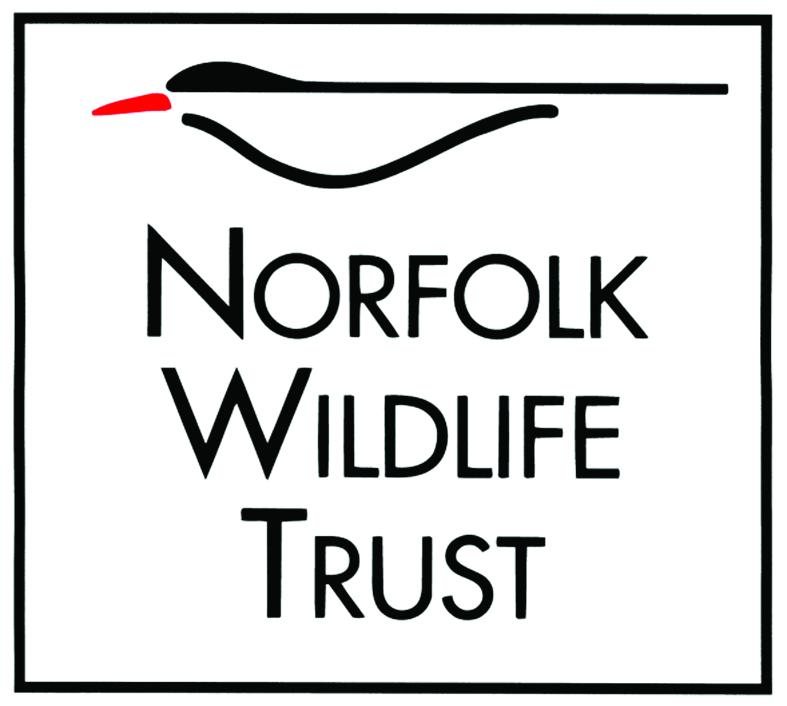Search
Search
30 Days Wild
Schools and groups e-newsletter
12 Days Wild
My Early Days
I was appointed to the Nottinghamshire Wildlife Trust on 20th July 2020, as Head of Nature Recovery South, after being interviewed on two Zoom meetings, a very odd experience in these strange…
News
Keep up to date with the latest stories, research, projects and challenges as we work to tackle the climate and nature crisis.
Wild cherry
The mass of white, frothy blossom on a wild cherry is a sight to behold. Planted as an ornamental tree, it also grows wild in woods and hedges. Its red fruits are the edible cherries we know and…
Wild angelica
The red-tinged, flower clusters of Wild angelica smell just like the garden variety, which is used in making cake decorations. Wild angelica likes damp places, such as wet meadows and wet…
Wild strawberry
The Wild strawberry produces miniature, edible versions of the juicy red fruits we so enjoy. Gathering wild food can be fun, but it's best to do it with an expert - come along to a Wildlife…
Beaches and strandlines
Skip the town beach and find an untamed shore to explore. Wild sand and shingle beaches are great places to see the variety of natural habitats and the amazing force of the elements that help…
Wild carrot
Wild carrot does, indeed, smell of carrots, but the roots are not like our cultivated, dinnertime favourite. Look for this umbellifer on chalk grasslands and coasts.
Wild thyme
The delightful fragrance of wild thyme can punctuate a summer walk over a chalk grassland. It forms low-growing mats with dense clusters of purple-pink flowers.
